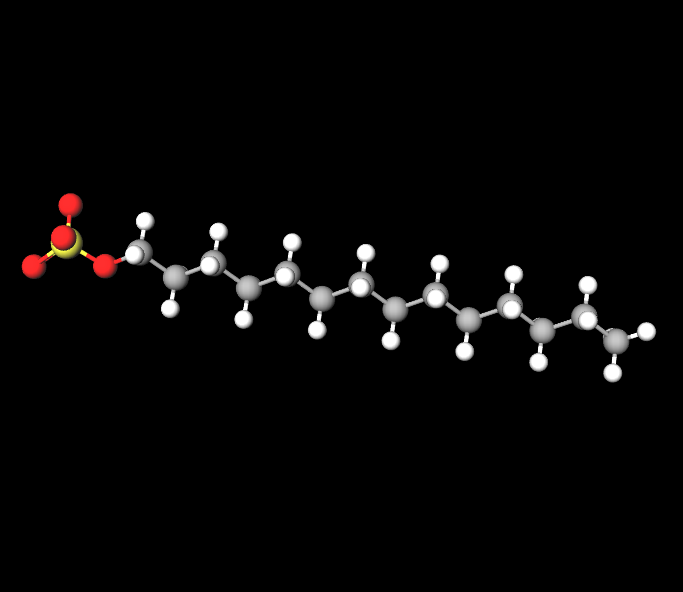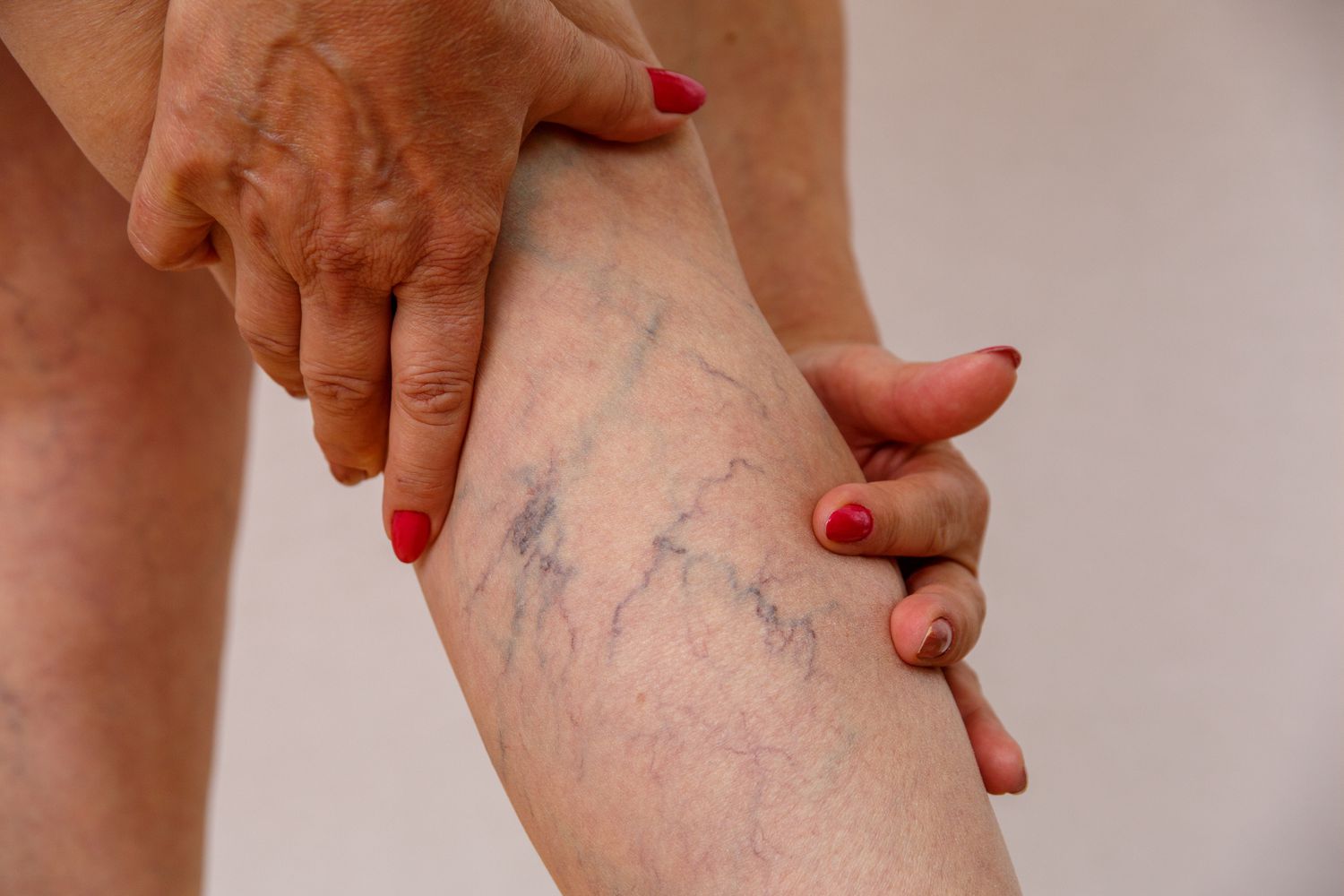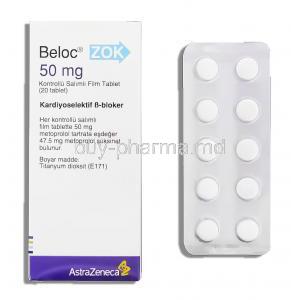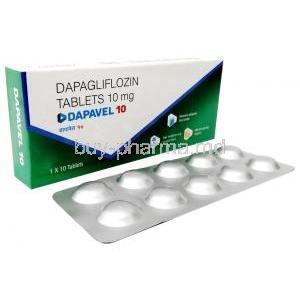Sodium Tetradecyl
- I. Introduction to Sodium Tetradecyl
- II. Composition and Properties of Sodium Tetradecyl
- III. Indications and Uses of Sodium Tetradecyl
- IV. Off-Label Uses of Sodium Tetradecyl
- V. Dosage and Administration Guidelines
- VI. Important Precautions and Contraindications
- VII. Side Effects of Sodium Tetradecyl
- VIII. Interactions with Other Medications
- IX. Special Considerations for Administration
- X. Handling and Storage Requirements
- XI. Overdose Management
I. Introduction to Sodium Tetradecyl
Overview of Sodium Tetradecyl
Sodium Tetradecyl, a type of sclerosing agent, is commonly used in the field to treat varicose veins. This substance is well regarded for its effectiveness in addressing abnormalities and plays a crucial role in vascular treatments.
Historical Context and Development
Since the mid-20th century, Sodium Tetradecyl has been thoroughly tested in settings to confirm its safety and efficacy. Its widespread use in medical fields underscores its important contribution, to therapy.
when to worry about varicose veins?
Suppose someone experiences varicose veins along with swelling and discomfort in the legs, skin discoloration in the leg, or hardness and tenderness in the lower leg. In that case, it is advisable to undergo a comprehensive vascular assessment to prevent potential mental and physical health complications. Advanced varicose veins could lead to mild swelling, which may lead to more severe skin and tissue issues such, as ulcers and slow healing sores over time. The symptoms of varicose veins may mimic those of medical conditions or concerns. It is always recommended to consult your healthcare provider for a diagnosis.
II. Composition and Properties of Sodium Tetradecyl
Chemical Structure
Sodium Tetradecyls molecule contains a fatty acid with a long chain that helps it exhibit sclerosant properties. This specific structure plays a role in disrupting the inner lining of blood vessels.

Pharmacological Properties
Sodium tetradecyl sulfate is a white waxy surfactant that is used in sclerotherapy as a sclerosing agent. In sclerotherapy, the agent is injected directly into a lesion through the skin to treat slow-flow vascular issues, like venous malformation and lymphatic malformation. When injected intravenously, it leads to inflammation of the intima and the formation of blood clots, which typically block the vein where it was administered. Over time, fibrous tissue develops, partially or completely obliterating the vein, with outcomes varying in terms of permanence.
Mechanism of Action
Sodium tetradecyl sulfate is a toxin for endothelial cells because even a short exposure to low concentrations can effectively strip the endothelium over a significant distance, revealing highly thrombogenic endothelium in the process. Additionally when diluted sodium tetradecyl sulfate can induce a state potentially through the selective inhibition of protein C and it can also encourage platelet aggregation.
III. Indications and Uses of Sodium Tetradecyl
Approved Therapeutic Uses
Mechanism of Action in Varicose Veins Treatment
Sodium Tetradecyl causes damage to the lining of blood vessels by acting as a sclerosing agent, leading to the formation of tissue and eventually closing off the affected veins. This precise method aids in returning blood circulation to its patterns.
IV. Off-Label Uses of Sodium Tetradecyl
Exploration of Non-Approved Uses
Ongoing studies are looking into how it can be beneficial for more than varicose veins, which could expand its usefulness, in the field of medicine.
Case Studies and Research Findings
Studies have recently shown that Sodium Tetradecyl has been used off label for treating malformations with encouraging results that suggest the need, for more research.
V. Dosage and Administration Guidelines
Recommended Dosages for Different Conditions
The amount of medication needed depends on the seriousness and specific type of vein problems, usually falling between 0.5 to 3 milliliters per appointment, customized to meet each patient's requirements. A preliminary dose of 0.5 milliliters may be given a hours before administering larger doses of 0.5 2 milliliters intravenously (ideally 1 milliliter) in each vein; a 1% solution is used for general purposes and a 3% solution for more extensive varicose veins with a maximum of 10 milliliters, per treatment session.

Mode of Administration
When Sodium Tetradecyl is given through an IV with the help of ultrasound, it is important to use delivery methods to ensure its therapeutic benefits are maximized and risks are minimized. Ensure that injection sites are spaced 2.4 4.7 inches (6 12 cm) apart. Do not use the solution if it contains any particles or appears discolored. For treating varicose veins only use a 1% solution, which works best when turned into a froth by shaking the syringe vigorously before administration.
Adjustments for Specific Populations
It is important to adjust the dosage for patients and individuals, with other medical issues to prevent possible negative effects.
VI. Important Precautions and Contraindications
General Safety Information
Adherence to guidelines strictly during administration is crucial to avoiding complications, such as deep vein thrombosis or severe allergic reactions.
Contraindications for Use
Sotradecol (sodium tetradecyl sulfate injection) should not be used if you have had a reaction to it before having acute superficial thrombophlebitis issues with your veins valves or deep veins large superficial veins that connect deeply phlebitis migrants, acute cellulitis, allergies, infections varicose veins from abdominal or pelvic tumors that haven't been removed yet are unable to move around much in bed or have certain health conditions, like diabetes and asthma.
Risk Factors and Safety Profiles
Selecting patients with caution is crucial to prevent outcomes particularly in groups that are more prone, to the sclerosant properties of the substance.
Warnings
- Sotradecol (sodium tetradecyl sulfate injection) should only be given by a healthcare professional who's well-versed in venous anatomy and skilled in diagnosing and treating conditions related to the venous system, and is familiar with the correct injection technique. It's crucial to take care during intravenous needle placement to avoid severe adverse effects like tissue necrosis that can occur if the injection leaks out. Emergency resuscitation equipment must be on hand, at all times.
- Allergic reactions, including fatal anaphylaxis, have been documented. To guard against shock it is advised to inject 0.5 mL of Sotradecol into a varicosity first observe the patient for a few hours and then consider giving a second or larger dose. The risk of a reaction should always be considered, and the doctor should be prepared to manage it effectively.
Pregnancy
Studies on animal reproduction have not been carried out with Sotradecol. It is unclear whether Sotradecol could harm a fetus if given to a woman or impact its ability to reproduce. Sotradecol should only be administered to women when absolutely necessary weighing the benefits, against the potential risks.
Nursing Mothers
It is uncertain if this medication passes into breast milk. Since numerous medications pass into breast milk it is advisable to be cautious when giving Sotradecol to a breastfeeding mother.
Pediatric use
The safety and efficacy of this treatment, in children have not been proven.
VII. Side Effects of Sodium Tetradecyl
Common Side Effects
- After getting a shot, you may notice redness and swelling in the area.
- You might also feel some to moderate discomfort or a burning sensation afterward.
Potential Severe Reactions
In some cases, serious responses, like anaphylaxis or deep vein thrombosis, can happen, requiring medical care.
Adverse Reactions
- After receiving an injection, individuals may experience localized symptoms like pain, skin rashes, or sores at the injection site. Sometimes, a lasting change in skin color may be visible when the vein is treated. In cases tissue damage such as sloughing and necrosis can happen if the medication leaks out of the vein.
- Allergic responses like hives, asthma, seasonal allergies, and severe allergic reactions have been documented. Some people have also reported general reactions, like headaches, queasiness and vomiting.
Managing Side Effects
Managing things well includes assessing before procedures keeping an eye on patients after treatment and educating them about signs of complications.
VIII. Interactions with Other Medications
Common Drug Interactions
Sodium Tetradecyl could have interactions with blood thinners and specific antibiotics, increasing the chances of bleeding or worsening side effects. Patients should inform their healthcare provider about all medications they are taking to ensure they work well together. There haven't been any studies done on patients using antiovulatory agents. The doctor needs to assess. Carefully consider any patient using antiovulatory medications before starting treatment, with Sotradecol.
Impact on Pharmacokinetics
The effectiveness of Sodium Tetradecyl may be influenced by the use of medications, which can impact its metabolism and how well it works. It's important to adjust the dosage to ensure that therapeutic levels are maintained while keeping safety in check. Avoid mixing Heparin with Sotradecol in the syringe as they don't work well together.
Guidelines for Avoiding Adverse Interactions
- Before beginning any medication, it is advisable to consult with healthcare professionals.
- It is important to monitor your treatment when using other medications that affect the blood vessels.
- Adjust the dosages as recommended by healthcare experts to minimize the risks of interactions.
IX. Special Considerations for Administration
Administration to Elderly Patients
Elderly individuals may need reduced amounts of Sodium Tetradecyl because of their decreased resilience and other medical issues requiring careful dosage management.
Guidelines for Pregnant Women and Nursing Mothers
For the safety of babies and newborns, it is recommended to limit the use of Sodium Tetradecyl in pregnant women and breastfeeding mothers to situations where it is deemed essential and closely monitored by healthcare professionals.
Pediatric Use and Dose Adjustments
In children, Sodium Tetradecyl is carefully considered based on safety evaluations and is usually only used in serious situations when other less invasive treatments have not been effective.
X. Handling and Storage Requirements
Proper Storage Conditions
It's important to store Sodium Tetradecyl in a dry location away, from light and moisture. This helps maintain its chemical properties and effectiveness.
Handling Precautions
Be cautious of temperatures and protect the vials to make sure they are undamaged and the solution is transparent, before using. Handle carefully to prevent contamination.
Shelf Life and Disposal Methods
The typical shelf life of Sodium Tetradecyl is around 2 to 3 years starting from the manufacturing date. It's important to dispose of any leftover medication correctly to avoid causing harm to the environment.
XI. Overdose Management
Signs and Symptoms of Overdose
Signs of taking too much medication could lead to severe reactions in the affected area and possible systemic issues, like low blood pressure and neurological symptoms.
Immediate Actions and Antidotes
Prompt medical attention is essential, in instances of overdose which involves providing care and treating symptoms.
Long-term Care Following Overexposure
Continued monitoring and providing care might be needed to handle and lessen the impact of an overdose, aiding in recovery and averting further issues.






















